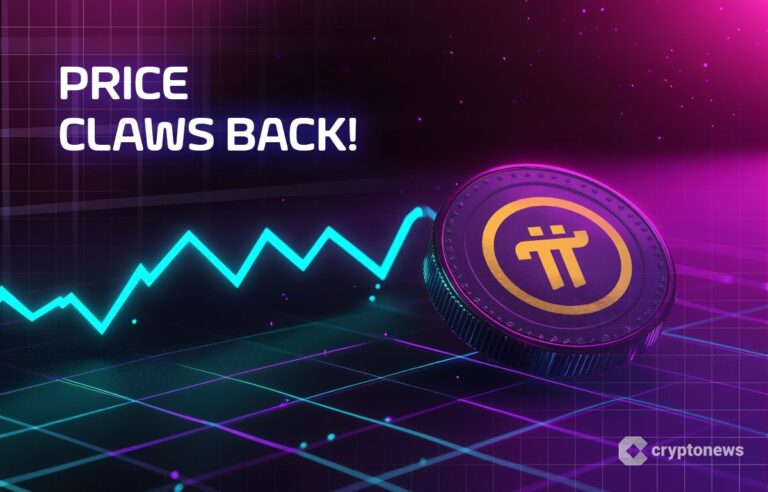Last updated:
 Why Trust Cryptonews
Why Trust Cryptonews
Ad Disclosure
We believe in full transparency with our readers. Some of our content includes affiliate links, and we may earn a commission through these partnerships.

Prominent blockchain researcher Max Resnick has transitioned from Ethereum infrastructure firm ConsenSys to Solana-focused research and development company Anza.
In a December 9 post on X, Resnick announced his first day at Anza and expressed enthusiasm for his new role.
“I’m taking my talents to Solana,” he wrote, citing growing concerns about Ethereum’s scaling strategy as the reason behind his decision.
Resnick Remains a Vocal Critique of L2 Solutions
Resnick, who previously served as head of research at ConsenSys subsidiary Special Mechanisms Group, has been vocal in his critique of Ethereum’s reliance on layer-2 solutions for scaling.
Instead, he advocates for a more base-layer-centric approach akin to Solana’s architecture.
During his initial 100 days at Anza, Resnick plans to focus on drafting a technical specification addressing Solana’s fee markets and consensus mechanisms.
These areas, he believes, offer the best opportunities for him to make a meaningful impact.
Anza, known for developing Solana’s Agave client, aims to enhance the network’s resilience and uptime—key elements in ensuring its long-term viability.
The Ethereum community has been divided over Resnick’s departure. Ryan Berckmans, an Ethereum advocate, remarked that Resnick’s criticisms of Ethereum’s roadmap made his move unsurprising.
Berckmans noted the irony of Resnick now working to bolster Solana’s client diversity and research capabilities, which he often held up as areas where Ethereum excelled.
“Critics like Max have frequently claimed that Ethereum needs to become more like Solana,” Berckmans said in a Dec. 9 X post.
Despite this, industry leaders see Resnick’s shift as a net positive for the blockchain sector.
Ethereum co-founder Joe Lubin and Solana co-founder Anatoly Yakovenko emphasized the potential for “cross-pollination” of ideas between the two ecosystems, suggesting that Resnick’s expertise could drive innovation across the board.
Interestingly, Resnick will maintain a connection to Ethereum in an advisory role as a research fellow at ConsenSys.
He highlighted that the Special Mechanisms Group, along with recent hires, will continue advancing Ethereum’s development and contributing to broader blockchain research initiatives.
Institutional Investments in Solana DApps Reach $173M in Q3
As reported, institutional investment in Solana-based blockchain applications rebounded in the third quarter of 2024, with Solana’s decentralized applications (DApps) attracting $173 million across 29 funding rounds.
This marks a 54% rise from the previous quarter, signaling renewed interest in the Solana ecosystem despite a 37% decline in the number of funding rounds, according to a recent Messari report.
Per the report, this influx of capital represents the highest investment level in Solana projects since Q2 2022.
The third quarter also saw a dramatic increase in Solana’s fee-related metrics.
Average daily fee payers reached 1.9 million, an impressive 109% increase quarter-over-quarter, while new fee payers surged 430% to 1.3 million.
However, the network’s daily transaction volume, excluding voting-related activity, dropped by 12% to 62 million transactions.





















